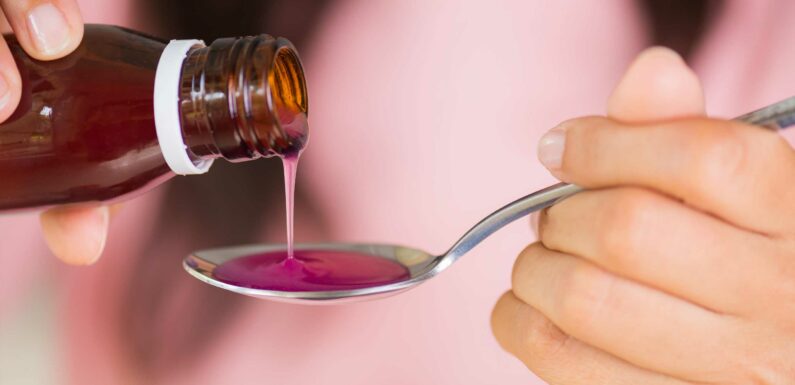
A SHOCKED mum has warned parents after discovering the 'child-proof' lid on painkillers is not as secure as you might think.
Overdosing on medication can cause poisoning in anyone, but little bodies are most vulnerable to this.
That's why when mum found her little girl had sucked half a bottle of paracetamol through a 'child proof' cap she was terrified.
Sharing her story on the Tiny Hearts Education Instagram account, the parent said she had "no idea it was even possible" to get past the lid.
"I filled the bottle with water and unfortunately found it was possible to suck the contents out," she explained.
After a quick call to poisons hotline "all ended well", the mum added.
Read more on children’s health
From norovirus to RSV – 7 kids’ illnesses threatening to strike & signs
At least 40 children have died from Strep A in the UK as cases grow
"Keeping meds in a safe and locked away place is best practice for your little one's safety," first aiders from Tiny Hearts Education said.
Signs and symptoms of poisoning
The symptoms of poisoning will depend on the type of poison and the amount taken in, but general things to look out for include:
- being sick
- stomach pains
- confusion
- drowsiness and fainting fits
If a child suddenly develops these symptoms, they may have been poisoned, particularly if they're drowsy and confused.
Source: NHS
What to do if you child overdoses on medication
If you suspect that your child has taken an overdose do not try to treat them yourself.
Get medical help immediately, the NHS says.
If they do not appear to be seriously ill, call NHS 111 for advice.
Most read in Health
HRT prescriptions to cost less than £20 per year in menopause campaign win
Leanne lost 6st but Rebecca suffered fits – truth about weight loss jabs
The 11 signs you could be at risk of dementia after Bruce Willis' diagnosis
From haemorrhoids to cancer warning – Dr Zoe answers your health questions
If they're showing signs of being seriously ill, such as being sick, loss of consciousness, drowsiness or seizures (fits), call 999 to request an ambulance or take the person to your local A&E department.
Source: Read Full Article






